Technical Search Engine Optimization
Rank higher with perfect, technical search engine optimization. Onpage SEO is the art and science of completely aligning your website with the search engines. Google and Bing need to deliver the most relevant result. It’s a synergistic relationship between webmaster and search engine. I have a checklist of hundreds of activities. Below are a few. If you would like to have perfect Onpage SEO such as this example, scroll to the bottom of the page, order and I will begin immediately.
Advanced Schema Structured Data:
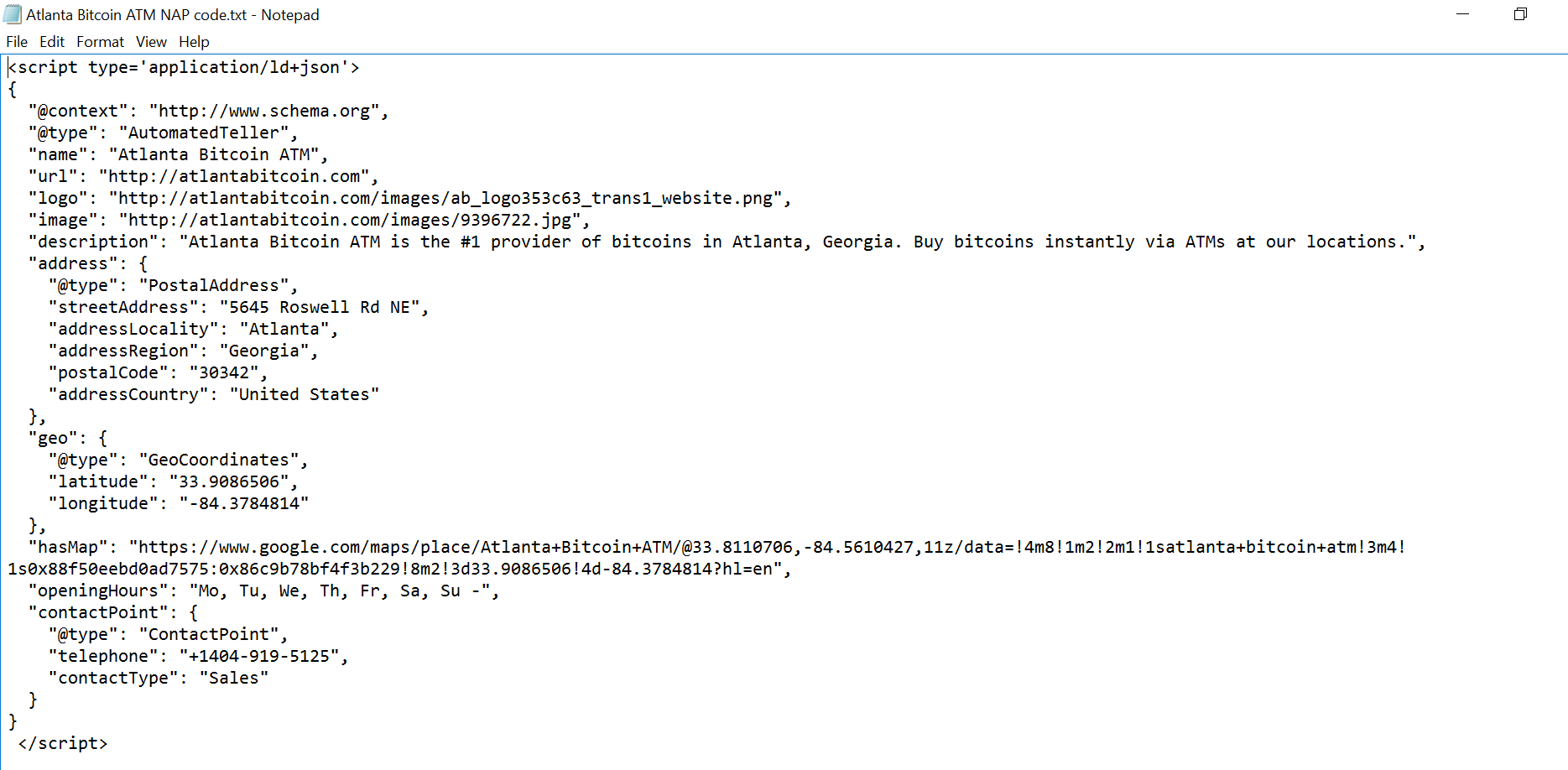
Google and Bing suggest using advanced schema data for businesses. By inputting map, description, postal address, geo coordinates, phone, etc, we are explicitly sharing great information with Google.
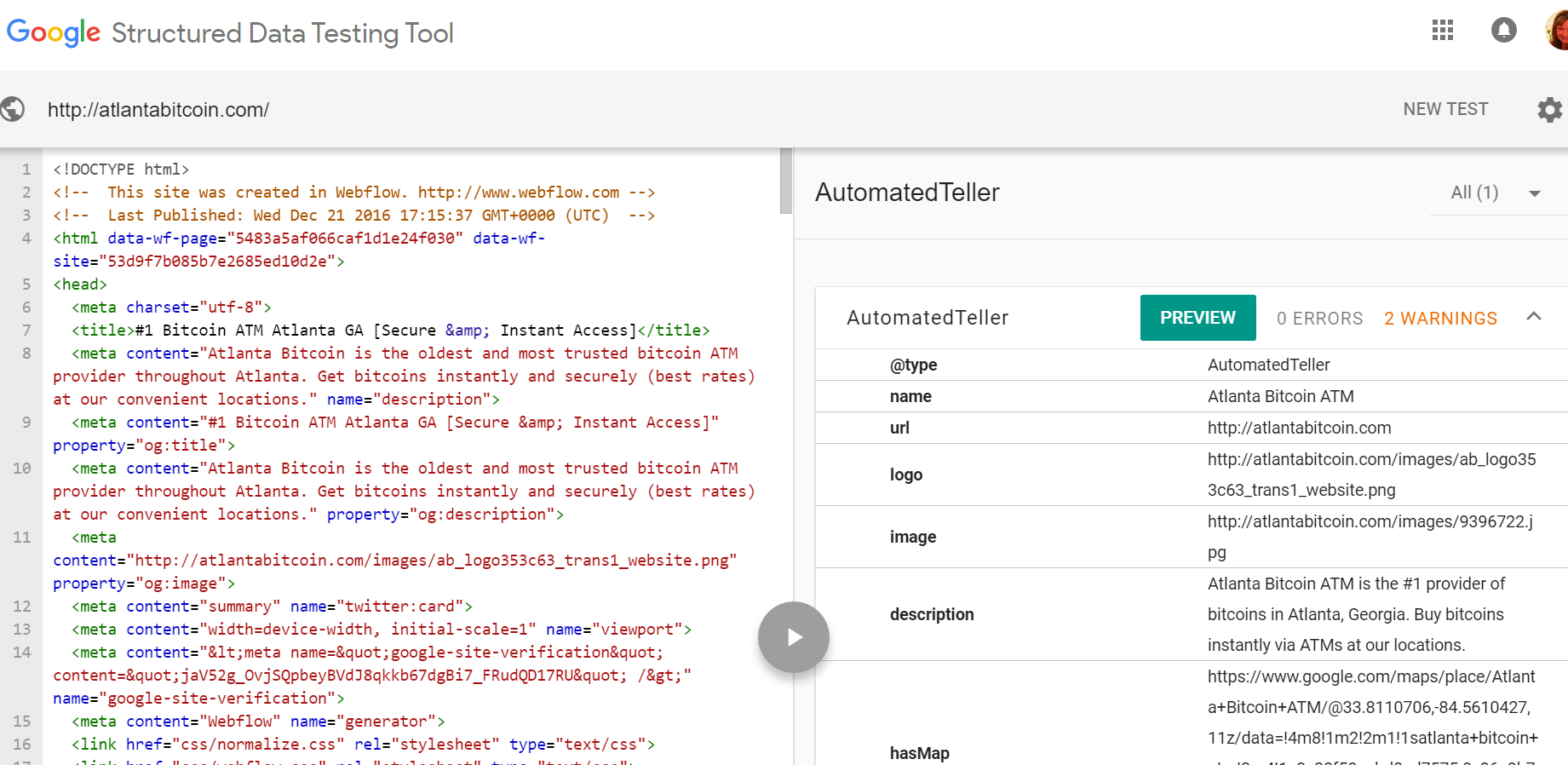
Google My Business:
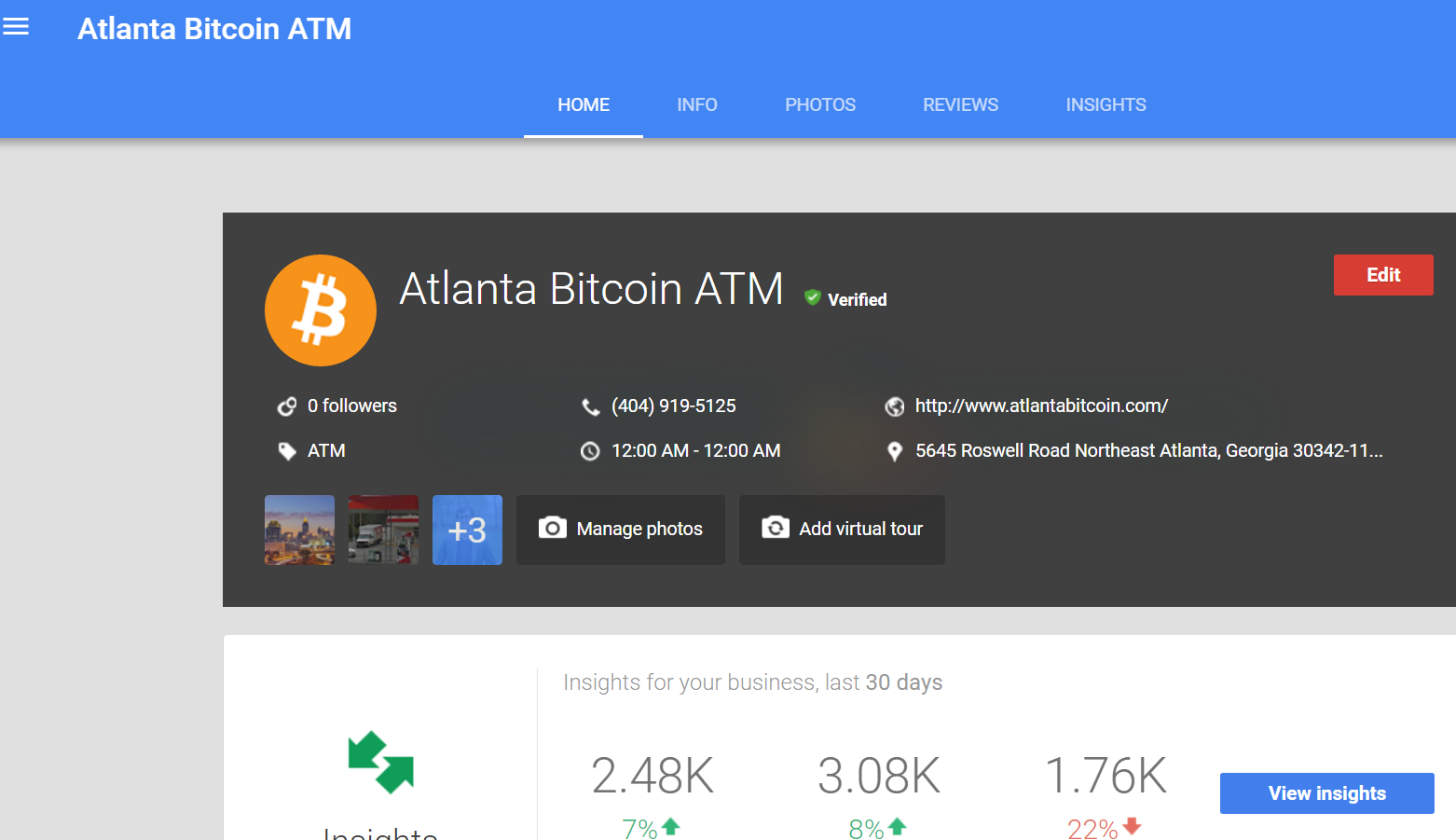
Can help you get your listing created, verified and optimized. Many have the first two steps; by optimizing the listing and connecting with advanced schema code, Google begins to understand the website more completely.
Keyword Research:

Keywords are common sense for the most part, but “gut” should always be verified through big data supplied by Google and other paid search tools we have access to as an agency. In this example, we were originally targeting a keyword with 0 searches, compared to one with 320.
Google Search Console (Webmaster Tools)

Verifying and optimizing Google Search Console. Adds credibility and a further level of data sharing with Google.
Google Analytics (Install and Tracking)
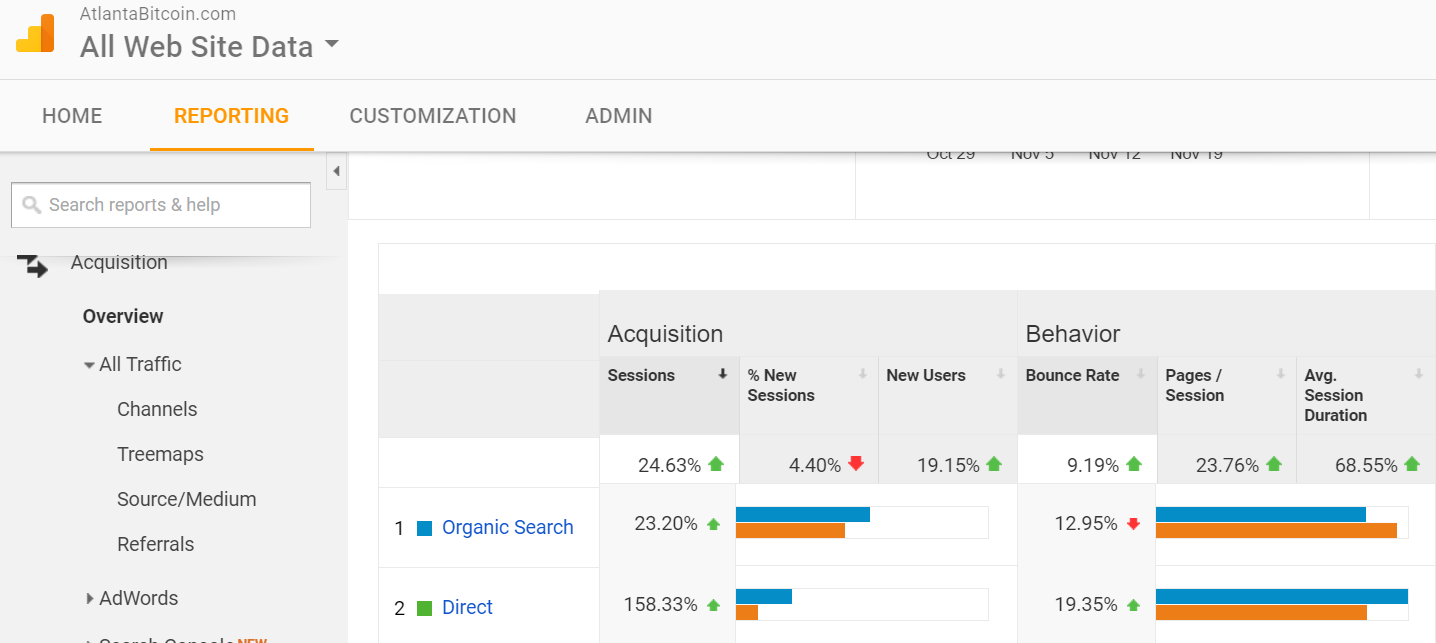
Google Sitemap:

Sitemaps help Google understand how large your website is, and what pages should be a priority.
Bing Places for Business
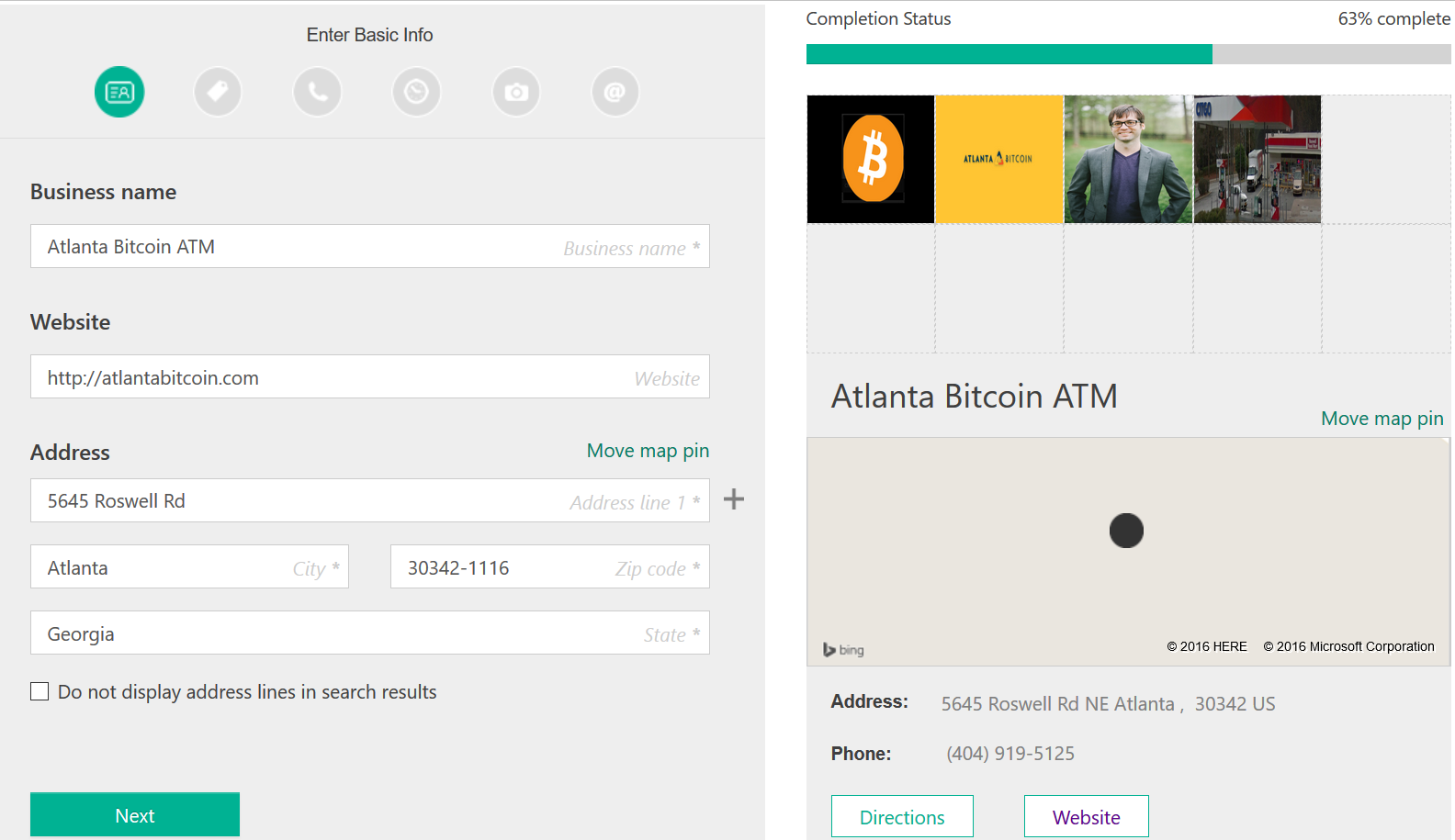
Bing Places is similar to Google My Business. Listings should be created, verified and optimized.
Bing Webmaster Tools:
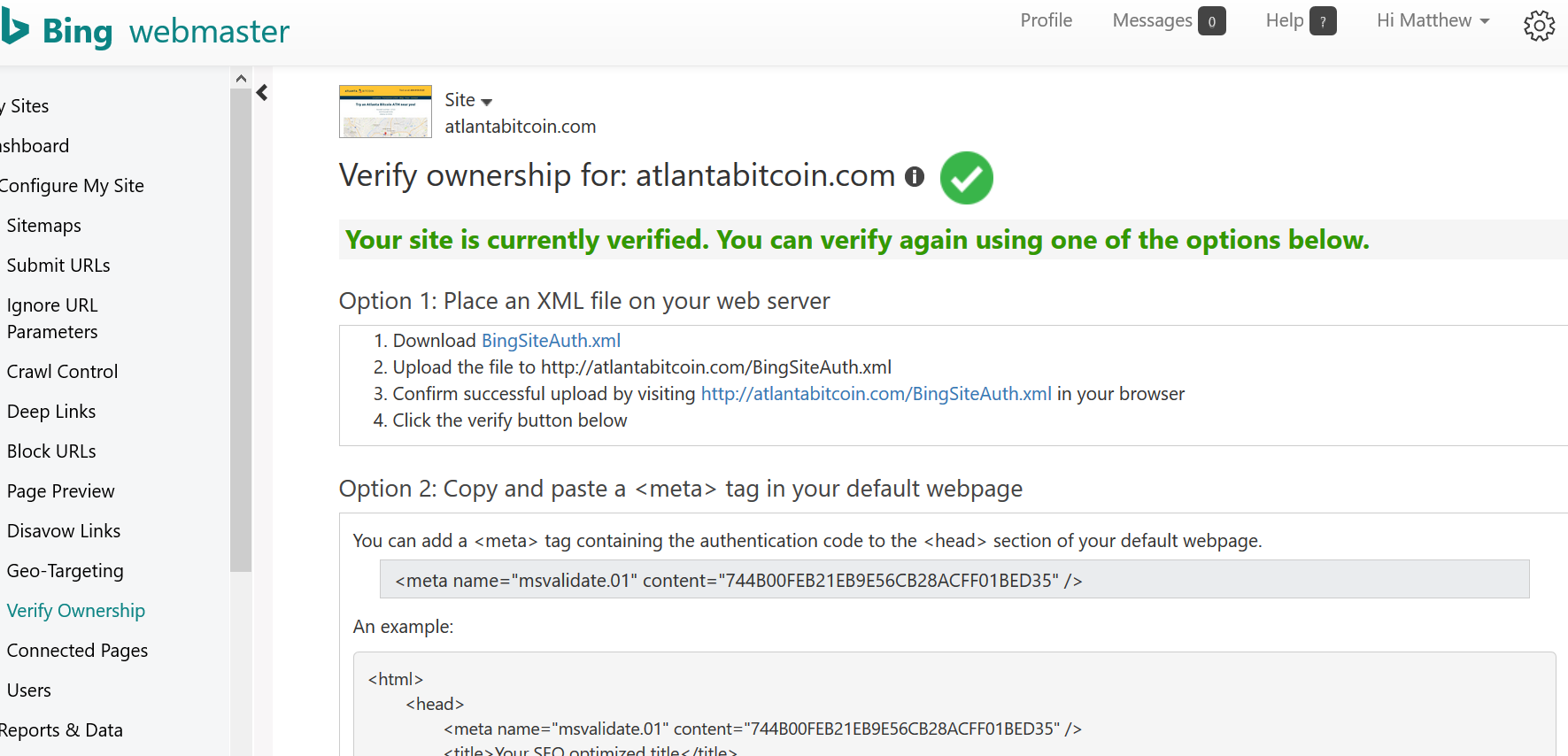
Verification in Bing opens up new options inside Bing Search Console, and helps rankings and credibility within Bing’s search engine.
Bing Sitemap:
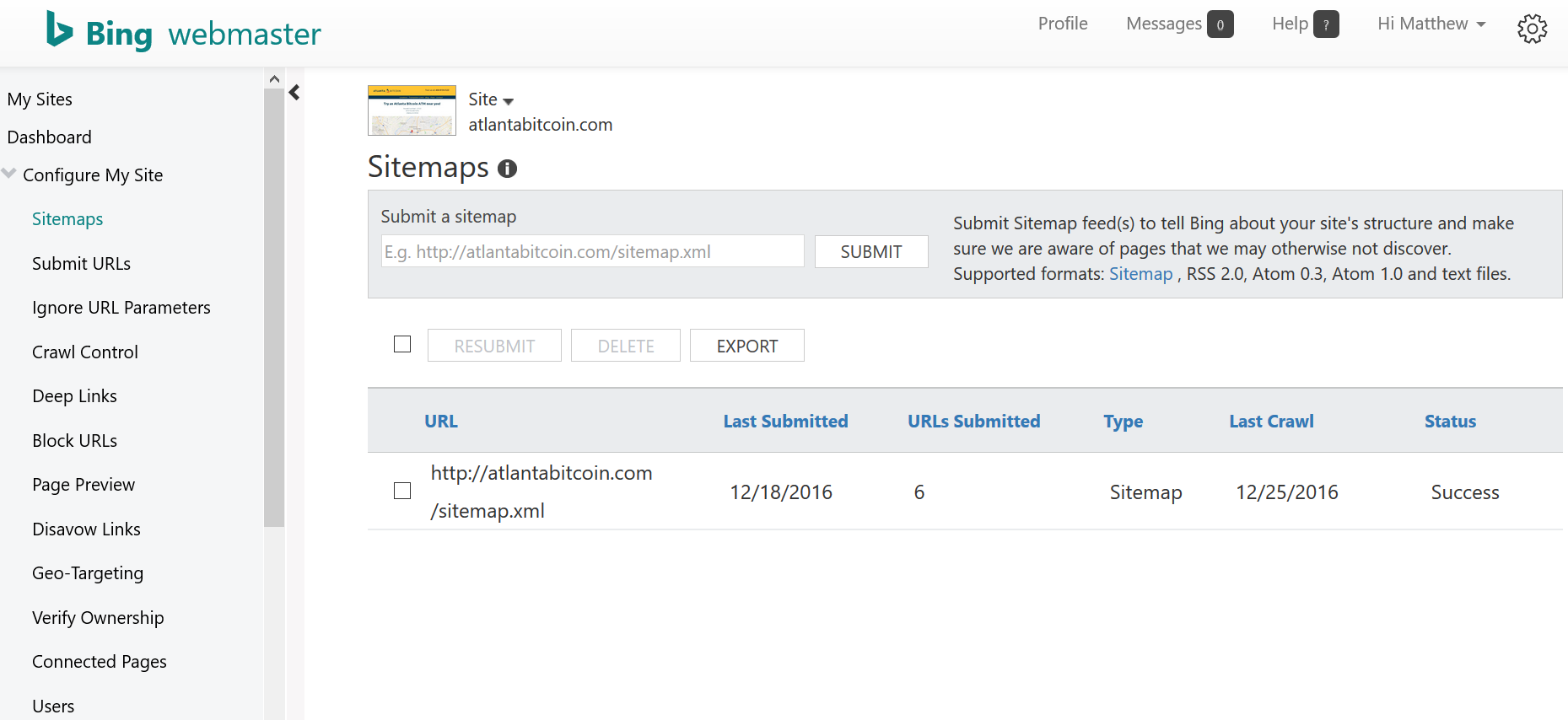
Bing sitemap helps Bing search robots crawl the pages, ensuring they are a higher priority than other competitor’s who are not verified or submitted.
Meta Data: Titles, Descriptions, Keywords, URLs
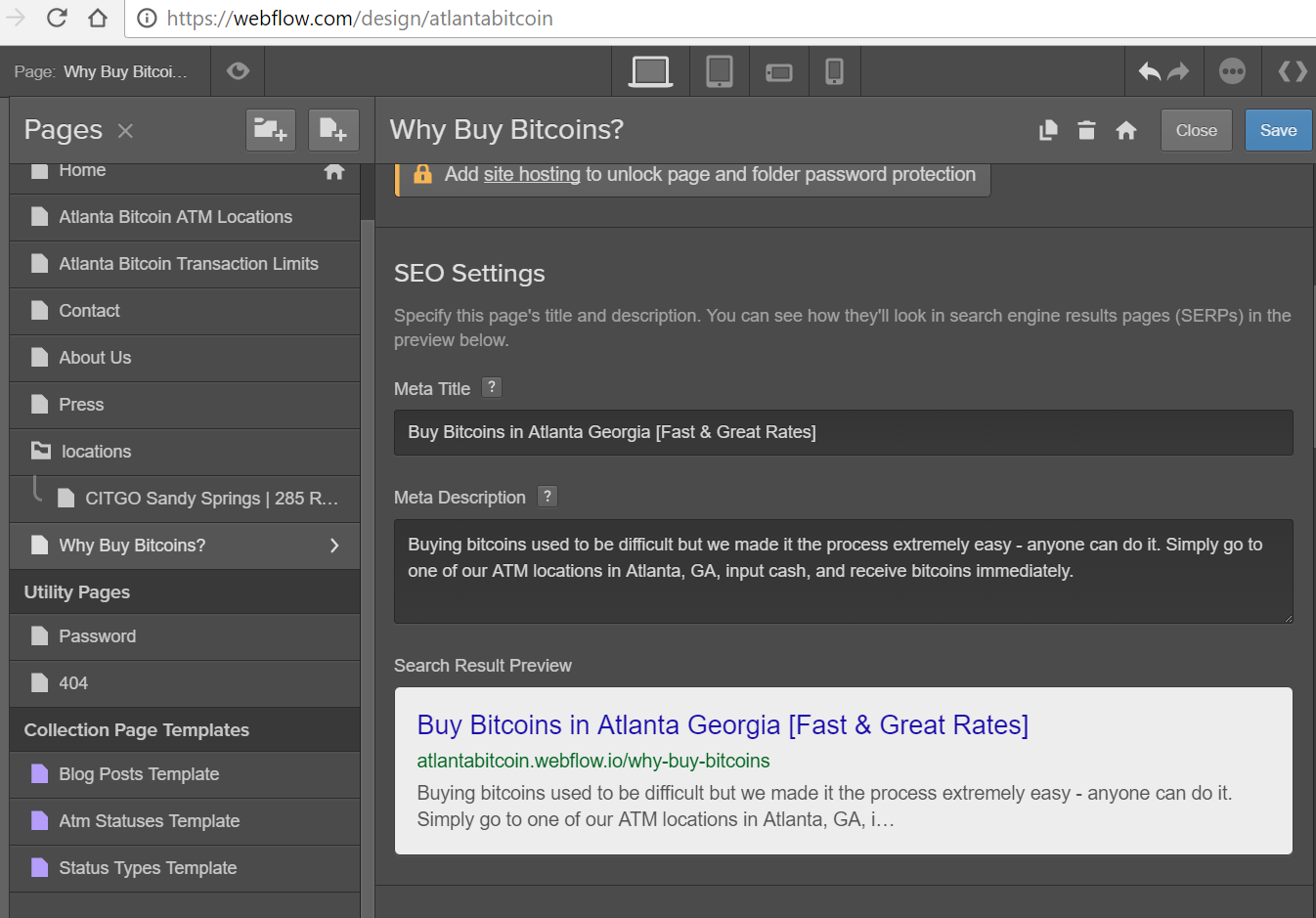
Search engines “see” a webpage through text. Each page needs to have a focus keyword or small set of related keywords. The entire page needs to be supported through title, description, keywords.
Content Copy writing:

Proper H1, H2 tags, bold, interlinking. Quality copy-writing should explain exactly what the end user should expect, write naturally, and increase the likelihood of a transaction, not simply keyword stuffing or outdated attempts at manipulation.
Landing Page Creation: 
If your business offers a service, or a revenue producing activity it needs to be fully supported with landing pages, optimization, and content.
Conversion Rate:

A “conversion” might be a phone call for your business, adding to cart, or signing up to an email. In order to increase your conversion rate, I will understand exactly who you are, and what you are trying to accomplish. Then, it’s time to get “naked” and unapologetically state our value proposition to the prospect.

Professional contact form redirect increases trust and conversion rate, along with ability to track successful conversions. Instead of a simple “thank you”, here is an opportunity to connect with the prospect on a deeper level.
END RESULT:
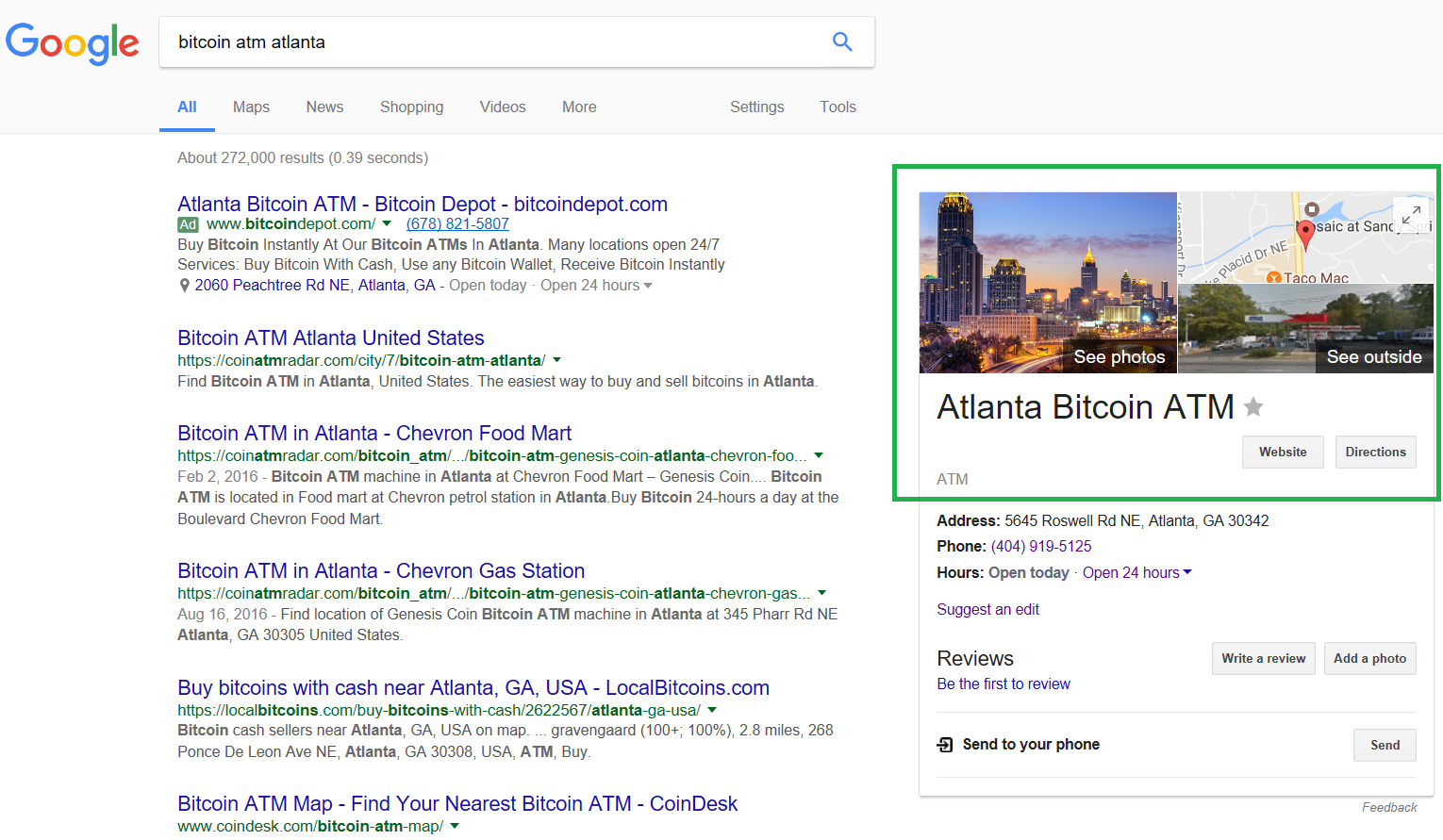
Increased search engine rankings in Google. Due to advanced code, and every small checklist item, it now shows up on page 1 for major phrases where it was nowhere to be found earlier. This is without promotions.
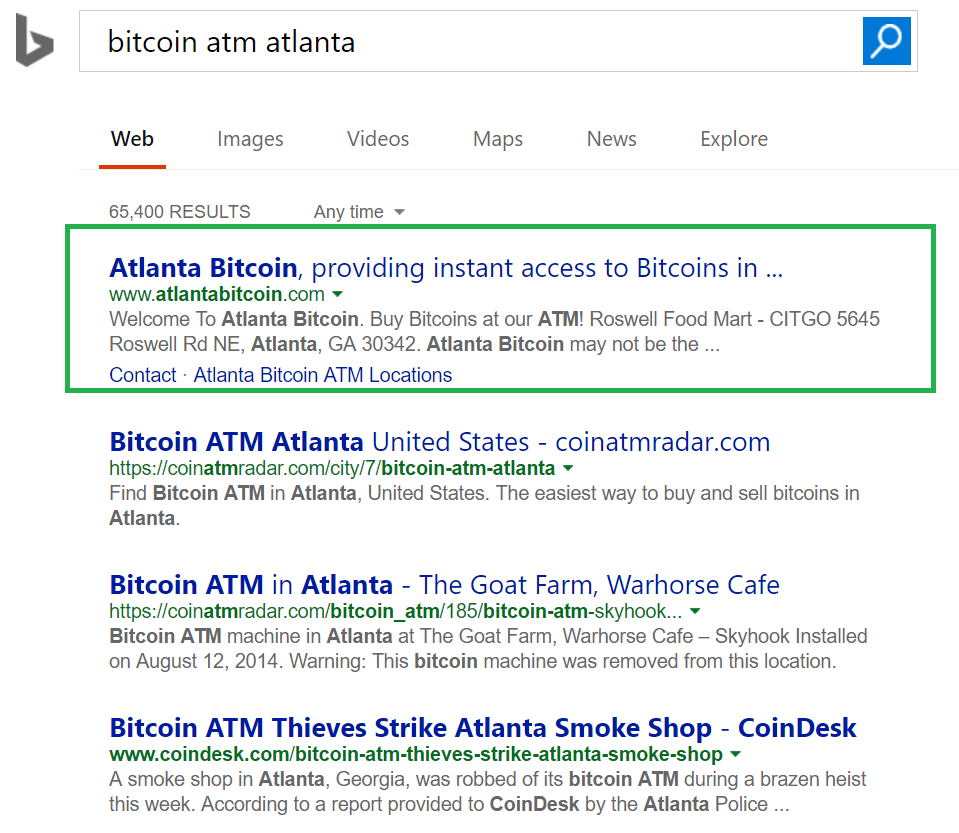
Dominating Bing along with triggered sitewide links due to verification, and sitemap submissions.